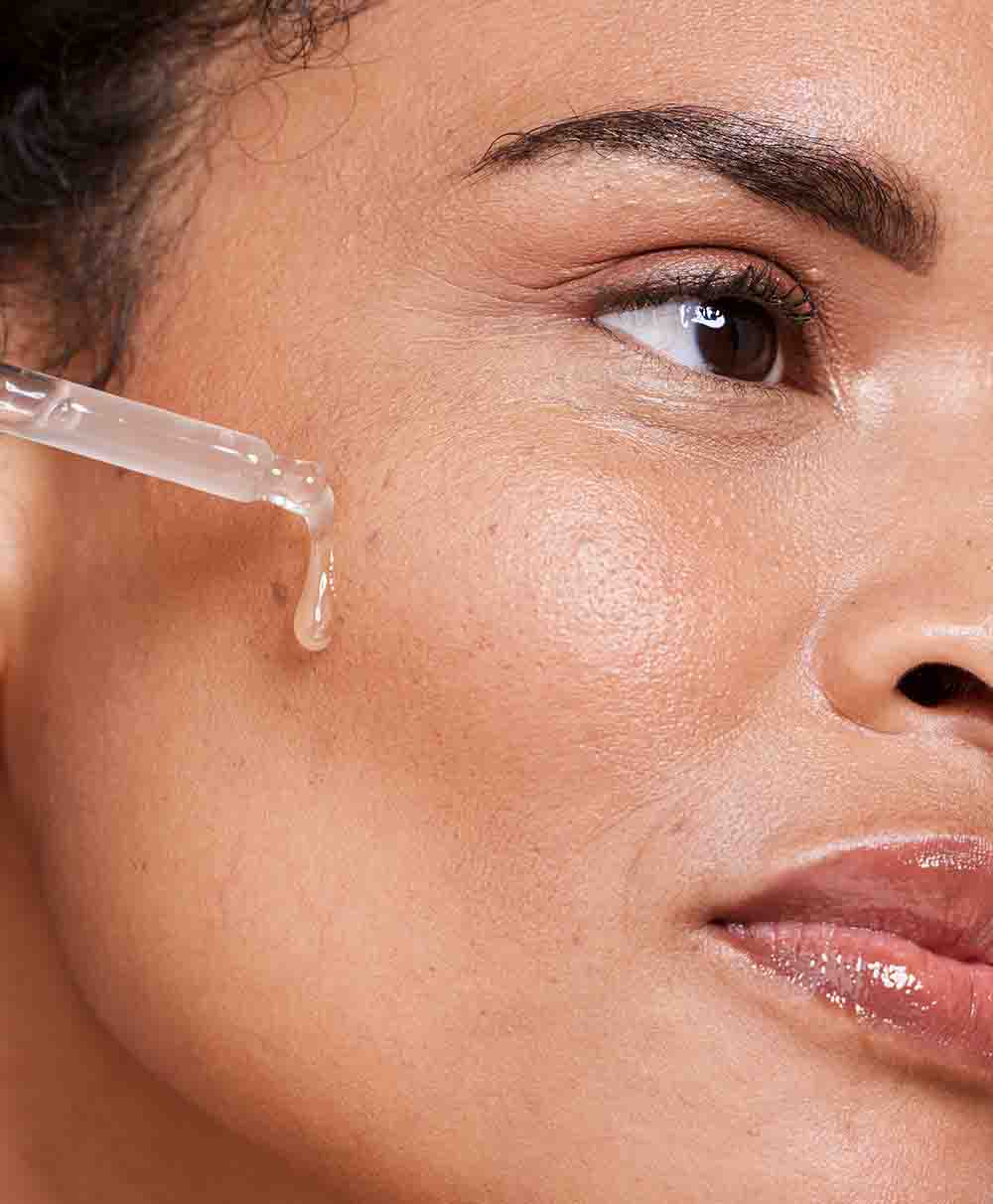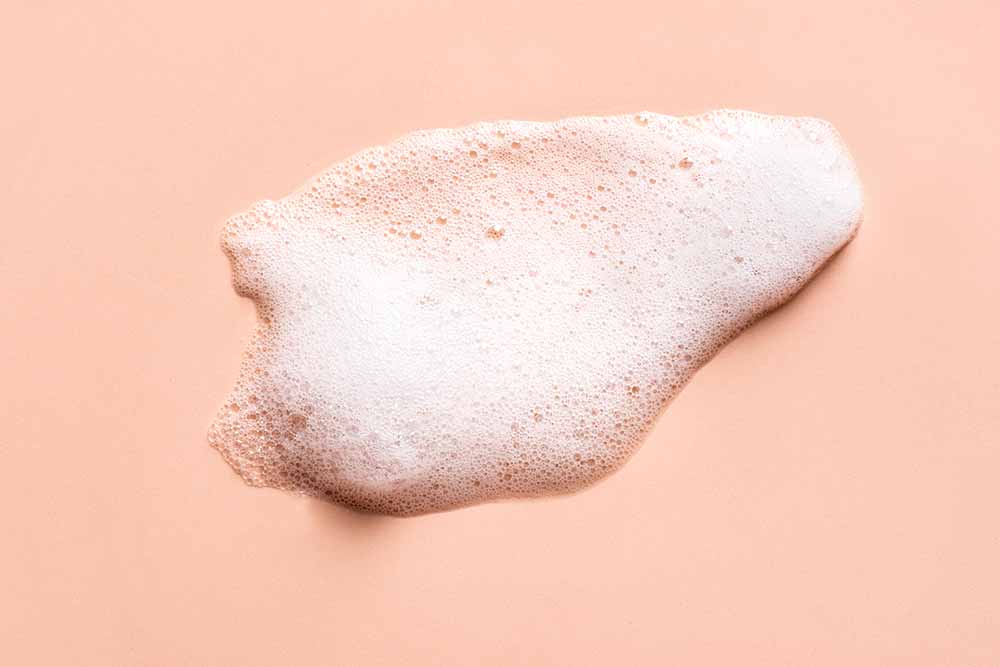
What Is Salicylic Acid?
Salicylic acid is a type of beta hydroxy acid (BHA). Now this may sound like something out of your high school chemistry class, but it's far simpler than it seems. BHAs are oil-soluble, meaning they can penetrate deep into your pores to work their magic, unlike alpha hydroxy acids (AHAs), which are water-soluble and work primarily on the surface of the skin. This is why salicylic acid is particularly effective for those of us dealing with acne and clogged pores.

Why Is Salicylic Acid A Game-Changer?
So, what makes salicylic acid such a skincare superstar? Here are some of the reasons this ingredient should be in your skincare arsenal:
- Unclogs Pores: One of the main causes of acne is clogged pores. Dead skin cells, excess oil, and other debris can get trapped inside your pores, leading to blackheads, whiteheads, and pimples. Salicylic acid helps to loosen and dissolve these blockages, allowing your pores to stay clear and your skin to breathe.
- Exfoliates Gently: Unlike some other exfoliants that can be harsh and abrasive, salicylic acid gently sloughs off dead skin cells. This not only helps to prevent clogged pores but also promotes a smoother, more even skin texture.
- Reduces Inflammation: If you’ve ever had a red, angry pimple, you know how uncomfortable and unsightly inflammation can be. Salicylic acid has anti-inflammatory properties that help to calm down redness and swelling, making your skin look and feel better.
- Controls Oil Production: If your skin tends to get oily by midday, salicylic acid can be your best friend. It helps regulate sebum (oil) production, keeping your skin balanced and reducing the chances of breakouts.
- Fights Acne Bacteria: While salicylic acid isn’t antibacterial, it helps to create an environment where acne-causing bacteria have a harder time thriving. This makes it a great addition to a comprehensive acne-fighting routine.
How to Incorporate Salicylic Acid Into Your Routine

- Cleansers: A salicylic acid cleanser is a great way to introduce this ingredient into your routine. Cleansers typically have a lower concentration of salicylic acid, making them gentle enough for daily use. They work by clearing out your pores as you wash your face, setting the stage for the rest of your skincare products to work more effectively.
- Toners: If you prefer to use a toner, there are many salicylic acid-based toners available. After cleansing, apply the toner with a cotton pad to help remove any leftover impurities and provide your skin with an extra dose of exfoliation.
- Serums And Spot Treatments: For more targeted treatment, look for serums or spot treatments containing salicylic acid. These products usually have a higher concentration and are designed to be applied directly to problem areas. They’re perfect for dealing with that one stubborn pimple that just won’t go away.
- Masks: A salicylic acid mask can give your skin an intense treatment, drawing out impurities and refining your pores. Use these once or twice a week as a part of your self-care routine to keep your skin looking its best.
What To Watch Out For
As with any skincare ingredient, it’s important to use salicylic acid correctly to avoid potential side effects. Here are a few things to keep in mind:
- Start Slow: If you’re new to salicylic acid, it’s best to start with a lower concentration (around 0.5 per cent to 2 per cent) and gradually build up as your skin gets used to it. Overdoing it can lead to dryness, peeling, or irritation, especially if your skin is on the sensitive side.
- Moisturise: Salicylic acid can be drying, so it’s important to follow up with a good moisturiser. Look for products that are non-comedogenic (meaning they won’t clog your pores) and hydrating.
- Sun Protection: Exfoliating ingredients like salicylic acid can make your skin more sensitive to the sun. Always wear sunscreen during the day to protect your skin from UV damage, which can counteract all the good work your salicylic acid is doing.
- Patch Test: Before introducing any new product into your routine, it’s a good idea to do a patch test. Apply a small amount of the product to an inconspicuous area (like behind your ear) and wait 24 hours to see if you have any adverse reactions.
Who Should Use Salicylic Acid?
Salicylic acid is most commonly recommended for people with oily, acne-prone skin. However, that doesn’t mean it’s not beneficial for other skin types. Here’s a quick rundown of who can benefit from salicylic acid:
- Oily Skin: Salicylic acid’s ability to regulate oil production makes it a great option for those with oily skin. It helps to keep pores clear and prevent breakouts.
- Combination Skin: If you have combination skin, you might find that salicylic acid helps to balance out the oily areas of your face without drying out the rest.
- Acne-Prone Skin: If you struggle with acne, salicylic acid can be a game-changer. It targets the root causes of acne (clogged pores and excess oil) and helps to reduce the frequency and severity of breakouts.
- Normal Skin: Even if your skin isn’t particularly oily or acne-prone, you can still benefit from the gentle exfoliation and pore-clearing properties of salicylic acid. Just make sure to use it in moderation to avoid dryness.
- Sensitive Skin: If you have sensitive skin, you’ll want to be cautious with salicylic acid. Start with a low concentration and see how your skin reacts. If you notice any irritation, it might be best to stick with a milder exfoliant.